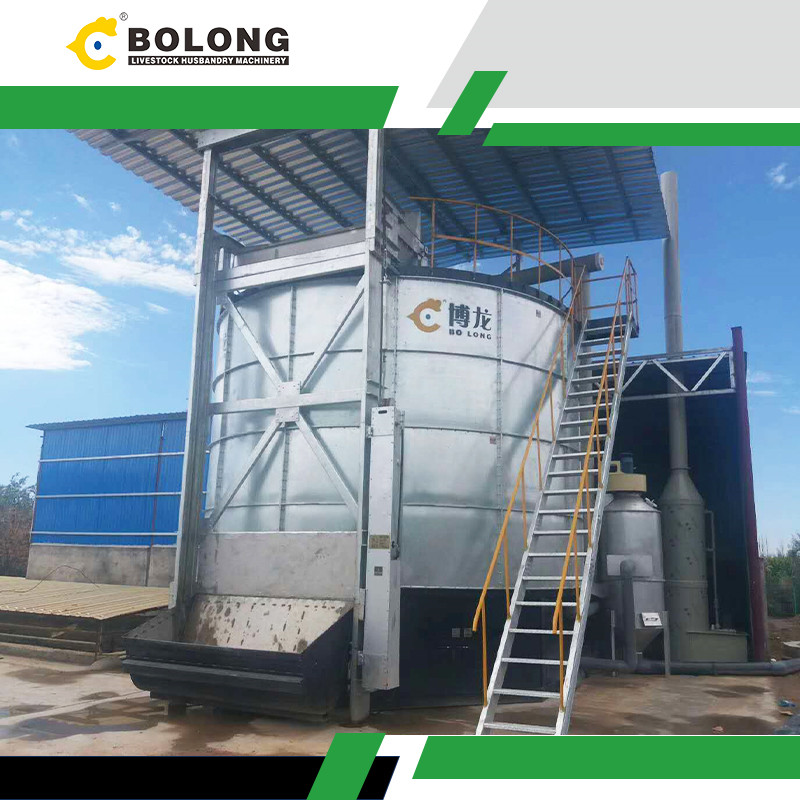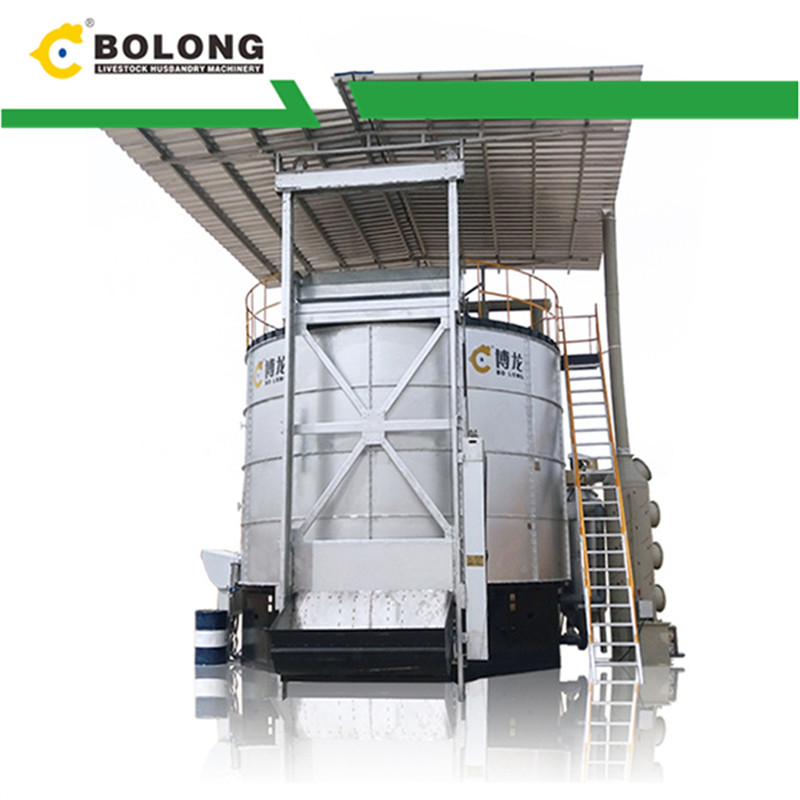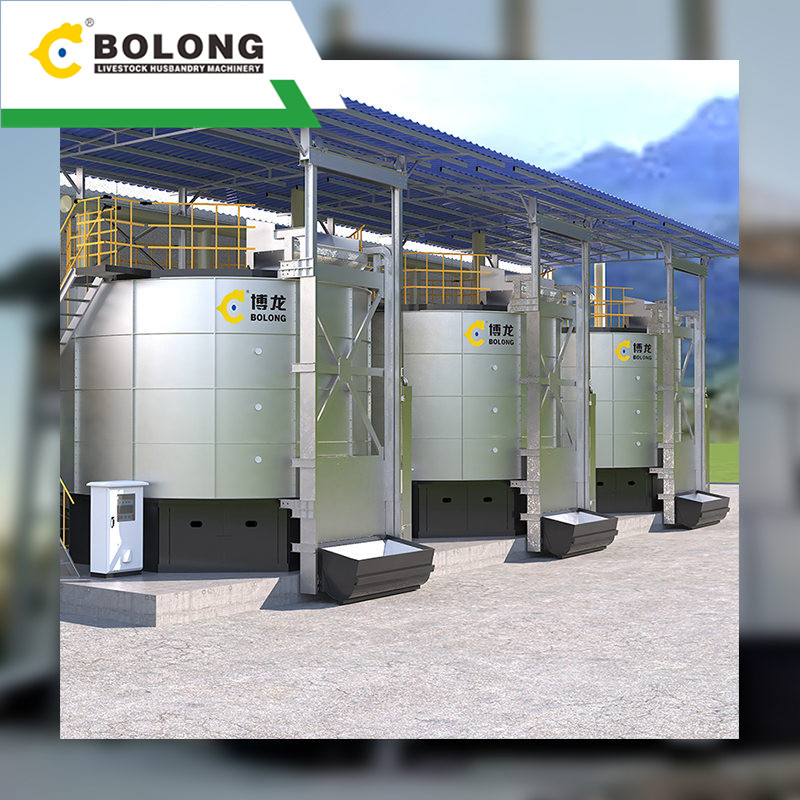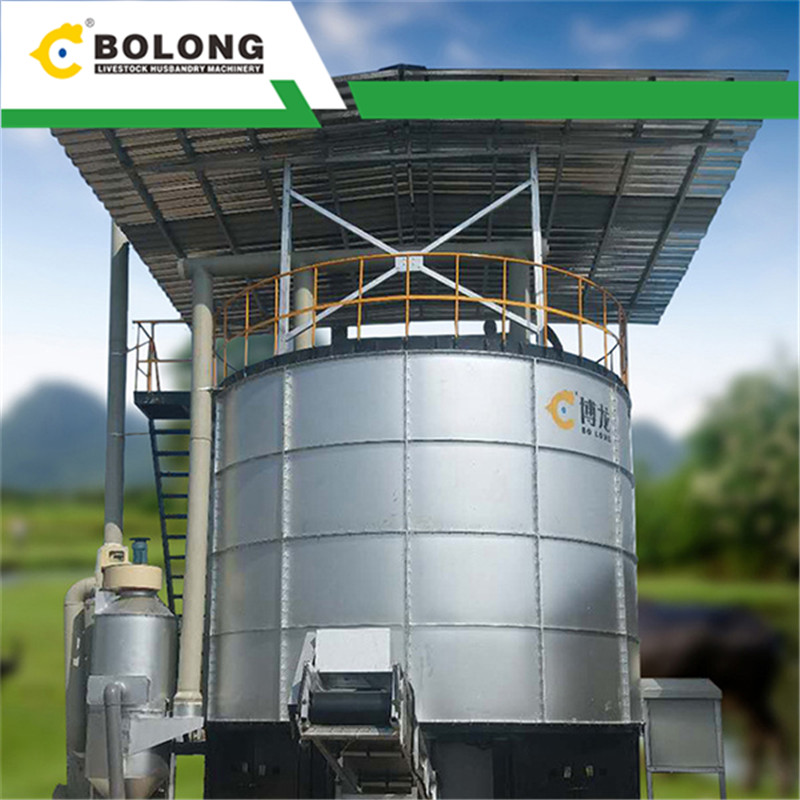
2021/5/24/ · Food waste biorefinery is a process by which a broader ranges of food wastes are converted into biofuels, platform chemicals and bio-based materials. For food waste valorization, it is essential to know the compositions, the interaction of its

2014/10/13/ · As shown in Fig. 1, the food wastes were loaded into the bioreactor after only once-per-week mechanical pretreatment using a circulation pump and a cutting apparatus. Food waste slurry (FWS, 4.5%, TS) was prepared by crushing with a cutting pump at a vacuum liquid circulation of 100 l/min and dilution with tap water (Zenoah,

Using a drill, make 15 to 20 holes (1–2.5 cm diameter) through the bottom of the 20-gal can. Drill five 1–2.5 cm holes just below the rim of the larger garbage can, and cover them on the inside with pieces of nylon window screen. Design and build a spigot at the bottom of the larger can for draining leachate.
2021/3/1/ · The food waste was then automatically fed into the bioreactor at a rate of 1.67 L every 4 h resulting in a 10 day hydraulic retention time. The feedstock was stored in continuously stirred, 200 L stainless steel drums (Drum Systems, Birmingham, UK) and refrigerated to 4 °C ± 0.5 °C by external cooling jackets (PBICE55, Powerblanket, Salt
2023/8/1/ · Impact of sandwich-type composite anodic membrane on membrane fouling and methane recovery from sewage sludge and food waste via electrochemical anaerobic membrane bioreactor. Author links open overlay panel Yule Han a, Teng Cai a, Jian Yin a, Wanjiang Li a, Siqin Li a, Boran Qiu a, Xueqin Lu a b c, Yan Zhou d, Guangyin Zhen a b c

2024/1/1/ · This study investigated the microbial community of a two-stage anaerobic membrane bioreactor (2S-AnMBR) co-digesting food waste and food court wastewater. The hydrolysis reactor (HR) was dominated by Bacteroidetes and Firmicutes phylum, with genus Lactobacillus enriched due to food waste fermentation.

2023/11/15/ · Food waste and sewage sludge are two typical components of organic waste with large quantities, Long-term acclimatization of sludge microbiome for treatment of high-strength organic solid waste in anaerobic membrane bioreactor. Biochem. Eng. J., 154 (2020), Article 107461, 10.1016/j.bej.2019.107461.

Bioreactors have a heating and cooling system to control temperature, piping to deliver nutrients and oxygen and remove waste products, and sensor systems to monitor the environment and to measure things like pH and oxygen. Inside the bioreactor, cells are duplicated and fed with growth media and oxygen to help them multiply.

2018/6/15/ · Biochar was applied to food waste compost at rates of 10 and 15% of the feedstock. was aimed to produce biochar through pyrolysis (350 and 450 °C) and apply at the rate of 10 and 15% (w/w) to the food waste compost bioreactor. It was observed that biochar produced from lawn waste had a positive effect on food waste composting. The
2023/11/1/ · The fate of eight different antibiotic resistance genes (ARGs) in food waste (sul1, sul2, tetO, tetW, ermF, ermB, ampC, oxa-1), intI1, and rpoB were monitored during thermal treatment (pyrolysis and incineration), hyperthermophilic composting, and anaerobic membrane bioreactor (AnMBR) treatment.
2024/5/23/ · Bioreactor: Design, Principle, Parts, Types, Uses, Diagram. A bioreactor is a type of fermentation vessel that is used for the production of various chemicals and biological reactions. It is a closed container with adequate arrangement for aeration, agitation, temperature and pH control, and drain or overflow vent to remove the waste

2022/9/1/ · As shown in Fig. 1 a, the highest biomass growth of OD 3.5 and rhamnolipids concentration of 3.46 g/L was supported by food waste digestate from the EPD facility. This rhamnolipids production was 41.2% higher than the rhamnolipids produced using synthetic medium. The increase was statistically significant (p-value < 0.005) and

2012/10/1/ · Food waste decomposition to sub-zero level using advanced techniques fabricates food waste into bio-based products like bioactive compounds (antioxidants, pigments, polysaccharides, polyphenols

2019/12/11/ · Various processes that have been successfully developed for wastewater treatment (treatment of industrial wastes/effluents) have been surveyed with special reference to biological treatment including design of bioreactors. Limitations of each process, design and performance characteristics of different kinds of bioreactors